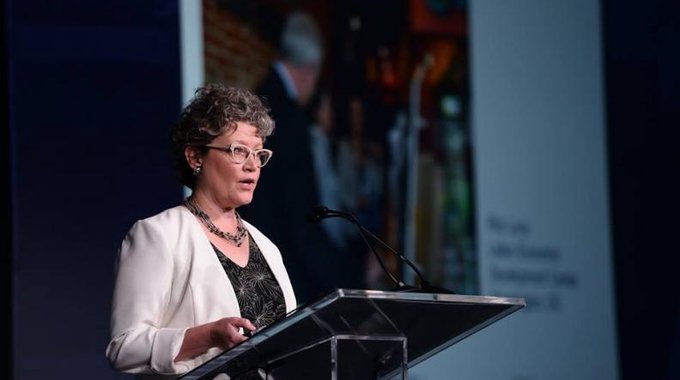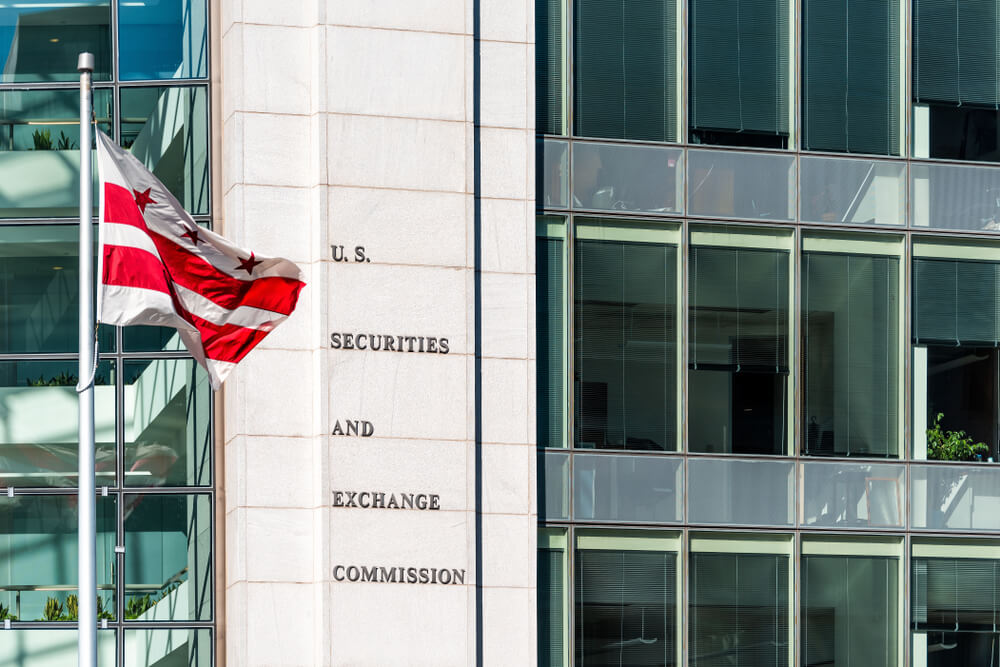In The Price of Inequality, the Nobel Prize-winning economist Joseph Stiglitz notes the moments in history when people rise up to say something is wrong and demand change. He was referring not only to political uprisings elsewhere, but economic inequality in the United States that was constraining growth and leaving deep divides in our society, even as he was writing in 2011.
There is no question that we are in a time of divisiveness in America. Racial and economic inequality are tearing at our social fabric. That tearing will continue with great force as low-wage workers and Black, Indigenous, and people of color (BIPOC) communities attempt to emerge from a pandemic-induced recession that, for many, is likely to have a long tail.
A study just released by the Federal Reserve Bank of Dallas, for example, found an unexpected pandemic impact: Average hourly wages are increasing despite an economic slowdown. The reason? A “compositional change” in the labor market as low-wage workers are forced out of the market at much higher rates than other workers.
Another discouraging study, this one by the Federal Reserve Bank of New York, concludes “there is little reason to think that accommodative monetary policy plays a significant role in reducing racial inequities in the way often discussed. On the contrary, it may well accentuate inequalities for extended periods.”
Our tools, both macro- and micro-economic, are inadequate for our times. Even impact investors who have long sought to create a more just and equitable economy often take their tools and practices from a conventional toolbox that—let’s admit it—is not doing enough to get at inequality.
Legacy finance
To accelerate true progress toward an inclusive economy, we need to challenge three sacred cows of investing:
A narrow focus on shareholder returns at the expense of a broader universe of stakeholders. In 2019, the Business Roundtable broke with convention by declaring that the purpose of the corporation is to benefit all stakeholders – including customers, workers, suppliers, communities, physical environment and investors. In its report Private Capital, Public Good, the U.S. Impact Investing Alliance names this paradigm “stakeholder capitalism.” Opening up to this broader purpose is the prelude to getting at the second and third sacred cows.
Valuing the short term over the long run. To succeed, we must be patient investors. Uprooting a long history if disinvestment is not quick work. Indeed, our nation’s history of extraction from BIPOC people and low-wage workers continues today, as we can see in the impact of the pandemic.
At the Local Initiatives Support Corp., or LISC, where I am COO, we’ve been investing in economic mobility and community development for decades, as have our brother and sister organizations in the community finance industry.
Our sole reason for being is to help people build wealth by becoming homeowners or small businesses owners and to create economic opportunity by expanding access to health and education facilities, sports and recreation programs, affordable housing located near transit, re-energized commercial corridors, good jobs and more. We need investment partners to stick with us for 10 or more years at a time if we are to successfully tackle deeply entrenched challenges.
Adhering to conventional formulas of risk and reward. Community Development Financial Institutions (CDFIs) like LISC do not just invest for social return; we invest for financial return as well. That’s what makes our business model sustainable. Our practice tells us that conventional assumptions about risk are often based on subjective factors that are not borne out in data. For instance, despite taking what most investors might consider greater risk, many CDFIs have loss ratios of less than 2%. In fact at LISC, our loss ratio in 2020, amid a global pandemic, was less than 1%.
The bottom line: our approach might differ from those of conventional investors, but it is not inherently high-risk when it is done well.
Next Steps
Many of the solutions to inequality lie at the intersection of the public and private sectors. That means impact investors should not only take creative approaches to capital but also support public policies that advance community investing. Two great resources for setting a policy agenda can be found in the U.S. Impact Investing Alliance report, and in a white paper by the Urban Institute, Strategies for Advancing Impact Investing through Public Policy.
There is more risk in ignoring entrenched inequality in the financial system than there is in investing to reduce it. A new study by the Federal Reserve Bank of San Francisco, Confronting Inequality, a Frame for Change, calculated that in 2019, the country’s output would have been $2.6 trillion greater if the gap between white men and everyone else were closed. A 2020 report by Citi calculated that if America had adopted policies to close the Black-White economic gap 20 years ago, U.S. GDP would be an estimated $16 trillion higher.
We cannot continue to breeze past the price of inequality as if it is somehow separate from questions of capital access. It’s time to choose the kind of growth that dismantles racism and expands incomes in ways that benefit the economy and society as a whole.
It’s a risk worth taking.
Annie Donovan is chief operating officer at the Local Initiatives Support Corp. (LISC) and former head of the U.S. Treasury Department’s Community Development Financial Institutions Fund (CDFI Fund).











